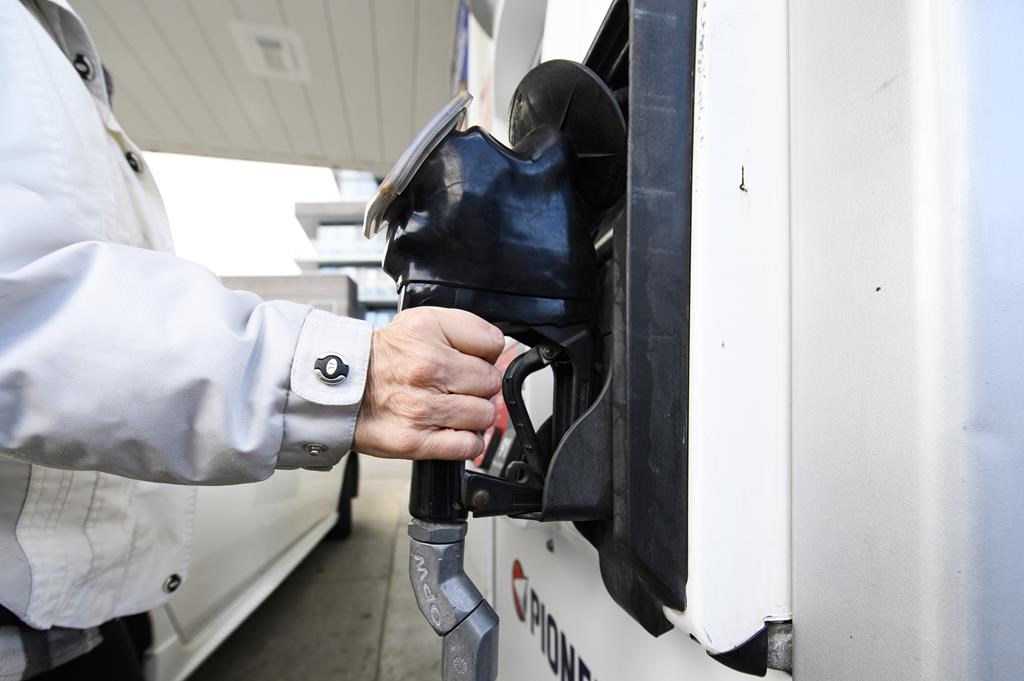FedEx provides details of major cost-cutting plan, shares rise more than 5 per cent
Posted Oct 10, 2012 4:57 pm.
This article is more than 5 years old.
NEW YORK, N.Y. – FedEx Corp., the world’s second-largest package delivery company, on Wednesday detailed its plan to boost profit by $1.7 billion annually by shedding jobs, aircraft and underused assets.
FedEx aims to reach that goal within three years through cost cuts and efficiency improvements. The much anticipated restructuring is a response to a shift by customers to slower, less expensive means of delivery as the global economy struggles to grow.
Founder and CEO Fred Smith said most of the cost cuts will come in the company’s Express and Services units, which have been hurt the most by the global economic conditions. Smith said a voluntary buyout program announced in August should reduce “fixed head count by several thousand people.” A majority of those employees are in the U.S.
Express is where FedEx got its start in 1971, and it is still the company’s biggest segment by far. The division moves 3.5 million packages on an average day, mostly by air. It’s been hit hard as customers shift to slower delivery methods, such as trucks or ships, to save money. Also, as technology products get lighter, FedEx charges less to ship them. Apple Inc.’s iPhone 5 is 17 per cent lighter than the first-generation model.
FedEx has been disposing of older aircraft and reducing flights to reduce the unit’s costs. Express reported revenue of $26.5 billion in the latest fiscal year and has more than 146,000 employees worldwide — roughly two-thirds of those are in the U.S.
The Services unit is FedEx’s behind-the-scenes logistics division, but it also includes FedEx Office, formerly Kinko’s. It was formed in 2000 and with annual revenue of $1.7 billion in fiscal 2012, is one of FedEx’s smallest units. It has 13,000 employees, all based in the U.S.
Some of the money will be saved through improved technology that allows FedEx to streamline staff and operations, Smith said. It’s also trimming overhead like that in selling, general and administrative expenses.
“The key is striking the right balance between volume growth and yield improvements,” Smith said in a statement following the Tuesday opening of a meeting with investors and lenders in Memphis, Tenn. “With slow economic growth, however, the cost-reduction programs we will describe … are also essential to achieve our financial goals.”
FedEx spelled out more details of the plan during the meeting’s second day. At the start of Wednesday’s session, FedEx slightly reduced its growth outlook for the U.S. economy from just a month ago. It maintained its forecast for global growth.
Among the cost cuts included in the company’s plan: expected savings of $700 million through a slim-down of its network — half overseas and half at home. It expects to save about $300 million in fuel and other costs from using newer planes, and $400 million by making staff more efficient and eliminating redundancies.
About half of the cost reductions are expected to be put in place in the current fiscal year that ends in May. The rest will be implemented in the following fiscal year. The company assured investors that it won’t cut back too much — or too quickly — and hurt its revenue growth.
“This is a very well-run enterprise — we can’t just cut off an arm and expect to survive,” Chief Financial Officer Alan Graf said on Wednesday.
FedEx said last month that the economic recovery is stalling, and it’s going to get worse next year. It slashed its earnings forecast for the fiscal year ending in May. It said a continued slowdown in the developed world combined with high fuel prices will keep trade volumes trailing growth in the world’s economies, mimicking a trend seen in the last two recessions.
Larger rival United Parcel Service Inc. lowered its forecast for all of 2012 and said its third-quarter earnings will fall below last year’s results. UPS said many customers fear what’s in store for the second half of the year.
UPS, based in Atlanta, also said it’s making cuts to make up for the earnings shortfall.
Wall Street applauded FedEx’s plan. Sterne Agee analyst Jeffrey Kauffman said he expects it to succeed because it sets units up to work more efficiently, instead of cutting back on key services. He forecast the plan could drive earnings significantly higher and nearly double the stock price over the next 12 months.
“The domestic Express business has been a sacred cow at FedEx, but this change marks an admission that the world has changed, and that the network FedEx built must change as well,” he wrote.
FedEx shares rose 5.2 per cent, or $4.41, to close at $89.99. That’s the biggest one-day percentage gain since December.
_____
Samantha Bomkamp can be reached at www.twitter.com/SamWillTravel










